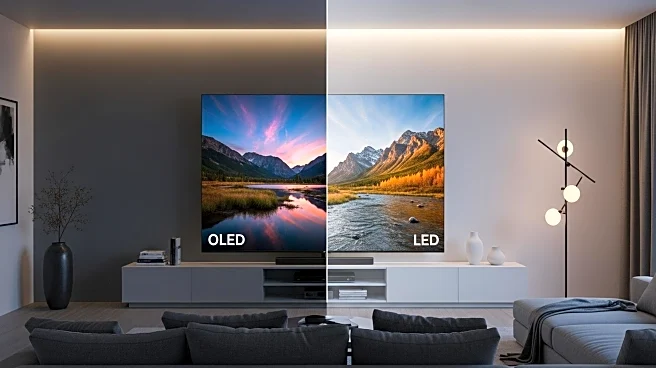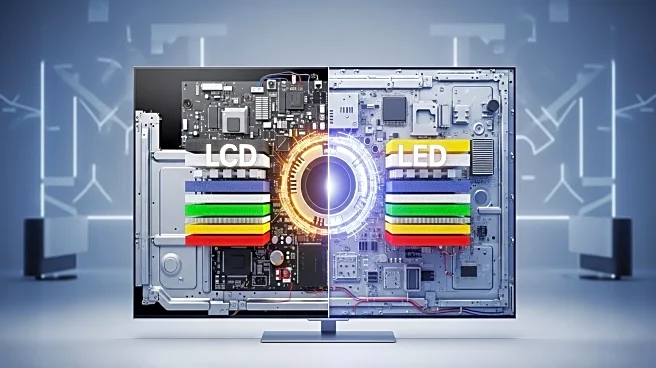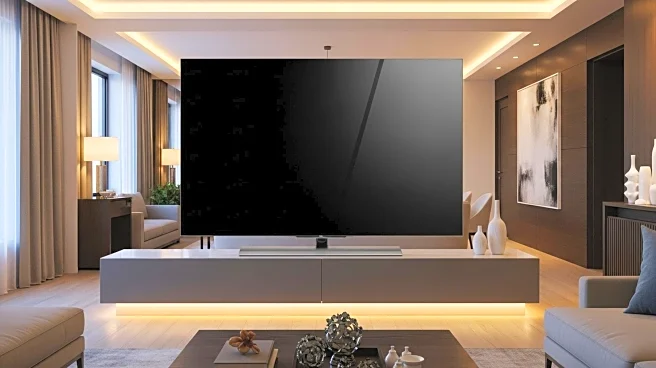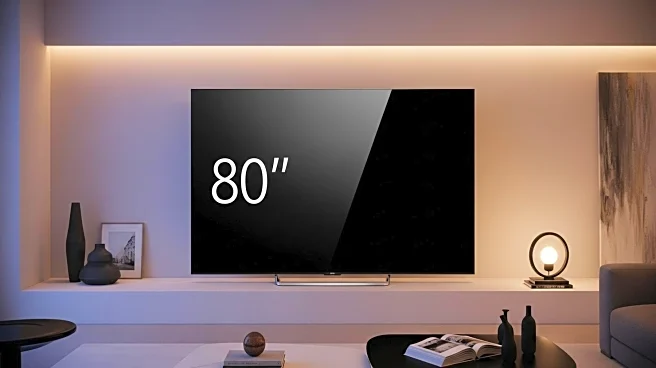What's Happening?
Consumers face a choice between OLED and LED TVs, each offering distinct advantages. OLED technology, known for superior image quality, is typically more expensive but offers better contrast ratios due to its ability to turn off individual pixels. LED TVs, including variants like QLED and mini-LED, are generally more affordable and can be brighter, making them suitable for well-lit environments. The decision between these technologies depends on factors like budget, viewing conditions, and desired image quality.
Why It's Important?
The choice between OLED and LED impacts consumer satisfaction and viewing experience. OLED's superior image quality appeals to those prioritizing picture fidelity, while LED's affordability and brightness cater to budget-conscious consumers and those with bright viewing environments. Understanding these differences helps consumers make informed purchasing decisions, influencing market trends and driving innovation in display technology.
Beyond the Headlines
The ongoing competition between OLED and LED technologies reflects broader trends in consumer electronics, where innovation and marketing play significant roles in shaping consumer preferences. As technology evolves, manufacturers continue to refine these technologies, potentially leading to new advancements and shifts in market dynamics.










